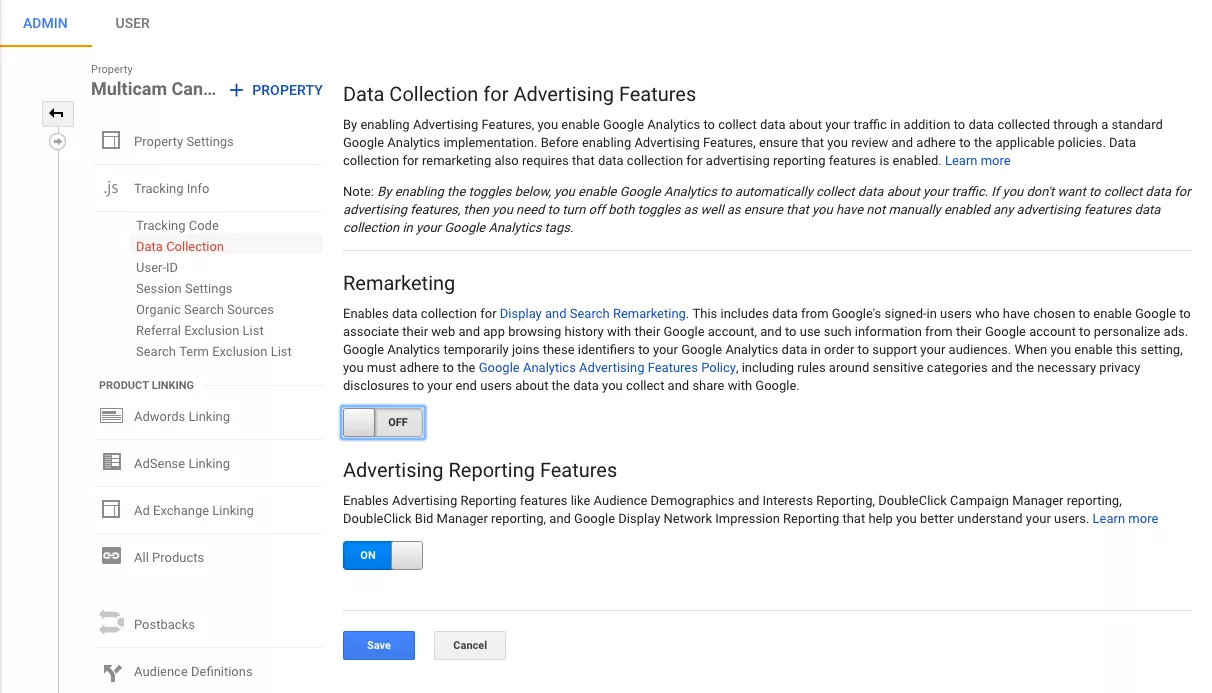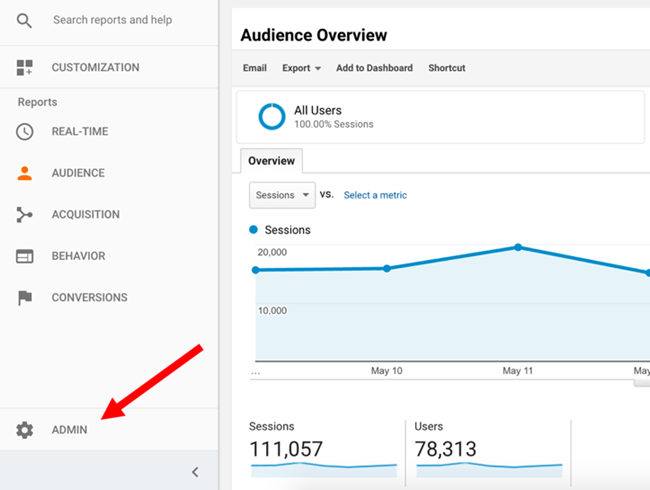Comprehending the Power of Remarketing In Google Analytics
Comprehending the Power of Remarketing In Google Analytics
Blog Article
Harnessing Remarketing in Google Analytics: A Comprehensive Overview
Taking advantage of remarketing in Google Analytics supplies companies a critical edge in reaching out to possible customers. This guide will certainly shed light on the essential steps entailed in using the complete possibility of remarketing in Google Analytics, leading to enhanced advertising and marketing results.
Comprehending Remarketing in Google Analytics
Remarketing in Google Analytics permits businesses to purposefully target individuals who have actually previously connected with their site or mobile app. By leveraging data from Google Analytics, companies can develop customized remarketing lists based on individual behavior, such as pages seen, activities taken, or certain objectives attained. This effective tool allows businesses to re-engage with customers who have revealed rate of interest in their service or products, inevitably raising the chance of conversion.
Recognizing the different kinds of remarketing strategies is crucial for an effective project - What Is “Remarketing” In Google Analytics?. Google Analytics provides different options, consisting of standard remarketing, dynamic remarketing, and remarketing lists for search advertisements (RLSA) Each kind serves an unique objective and can be tailored to fulfill details marketing purposes
Moreover, analyzing the performance of remarketing projects is essential for optimizing results. Google Analytics supplies important insights right into the effectiveness of various remarketing techniques, allowing organizations to make data-driven decisions and improve their targeting method. By continuously keeping an eye on and adjusting remarketing initiatives based upon analytics information, organizations can optimize ROI and drive success in their advertising efforts.
Establishing Up Remarketing Campaigns

After setting up audience lists, the next action is to link Google Analytics with Google Advertisements. By linking these two platforms, businesses can seamlessly move target market checklists from Google Analytics to Google Ads for remarketing purposes. This assimilation permits even more specific targeting and better campaign efficiency.
Once the accounts are connected, businesses can create remarketing campaigns in Google Ads making use of the audience provides formerly specified in Google Analytics. These projects can be tailored with specific advertisement creatives, messaging, and bidding process strategies to properly re-engage with past visitors and drive conversions. By following these steps, organizations can leverage the power of remarketing to enhance their marketing initiatives and increase ROI.
Making Use Of Audience Division Approaches

Predefined sectors in Google Analytics enable you to swiftly analyze usual audience classifications like brand-new individuals, returning individuals, or users who finished a particular objective on your web site. Custom sections, on the other hand, enable you to create unique segments based on specific standards that are important to your company objectives. Dynamic remarketing listings instantly go to these guys adjust based on customer behavior, revealing individualized ads to users that have communicated with your site particularly ways.
Studying Remarketing Efficiency Metrics
Upon examining the efficiency of remarketing projects in Google Analytics, the analysis of crucial performance metrics offers important insights into audience engagement and conversion rates. By diving right into metrics such as click-through rates (CTR), conversion prices, price per purchase (CPA), and return on ad invest (ROAS), online marketers can evaluate the success of their remarketing initiatives. CTR suggests the percentage of users that clicked on the ad after viewing it, mirroring the ad's importance and charm. Conversion prices gauge the percentage of users that completed a preferred activity, such as buying, after clicking the advertisement. CPA discloses the average cost incurred for each conversion, assisting evaluate campaign profitability. ROAS, on the other hand, quantifies the earnings produced for every single buck spent on advertising and marketing. Examining these metrics makes it possible for marketing professionals to optimize campaigns, improve audience targeting, and allocate budget plans properly to boost total remarketing efficiency.
Optimizing Remarketing Methods
When refining remarketing techniques in Google Analytics, this link concentrating on target market division is critical for achieving campaign success. By splitting your target market right into specific segments based upon their behavior, demographics, or interests, you can customize your ads better to every group. This targeted method raises the likelihood of involving users that have currently revealed rate of interest in your solutions or products, leading to higher conversion prices.
Another critical aspect of optimizing remarketing methods is continually screening and refining your projects (What Is “Remarketing” In Google Analytics?). A/B testing various advertisement creatives, messaging, or deals can help you determine what resonates finest with your audience and drives the most conversions. By analyzing the performance of these examinations in Google Analytics, you can make data-driven choices to optimize your remarketing efforts additionally
Furthermore, leveraging dynamic remarketing can dramatically boost your project results. This function allows you to show individualized ads to users based upon their previous interactions with your site, showcasing product and services they have actually previously viewed. By supplying tailored web content to individuals based upon their interests and behaviors, vibrant remarketing can aid increase involvement and drive conversions.
Conclusion
Finally, taking advantage of remarketing in Google Analytics is a strategic method to target customers that have actually formerly engaged with a website. By creating personalized audience lists and utilizing target market division approaches, businesses can optimize remarketing campaigns for boosted conversion rates. Analyzing performance metrics and constantly enhancing techniques are crucial for making best use of the effectiveness of remarketing efforts.
Google Analytics provides numerous choices, consisting of typical remarketing, dynamic remarketing, and remarketing lists for search ads (RLSA)After establishing up audience lists, the following step is to connect Google Analytics with Google Ads. By connecting these 2 platforms, businesses can flawlessly transfer target market lists from Google Analytics to Google Ads for remarketing purposes.As soon as the accounts are linked, businesses can create remarketing campaigns in Google Advertisements utilizing the target market details previously defined in Google Analytics.When refining remarketing methods in Google Analytics, concentrating on target market division is extremely important for attaining project view publisher site success.
Report this page